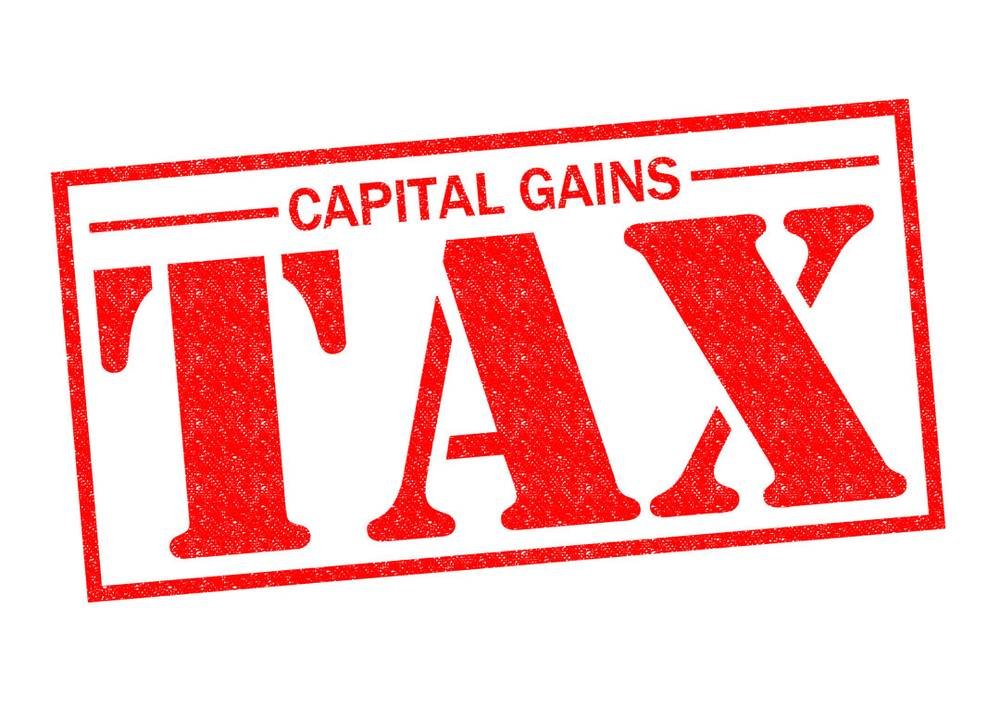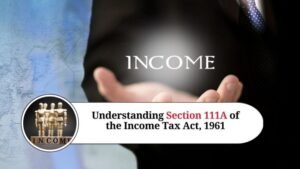When it comes to the intricate provisions of the Income Tax Act, Section 47A plays a pivotal role in ensuring compliance with the exemptions granted under Section 47. This section is particularly crucial for businesses involved in corporate restructuring, as it outlines the conditions under which exemptions from capital gains tax can be withdrawn. In this comprehensive guide, we’ll delve into the specifics of Section 47A, exploring when and how these exemptions may be revoked, and the implications for businesses.
Overview of Section 47 of the Income Tax Act
Before diving into Section 47A, it’s essential to understand the context provided by Section 47. Section 47 outlines specific transactions that are not considered as transfers for the purpose of capital gains tax. These include transfers of capital assets between holding and subsidiary companies under certain conditions, allowing businesses to reorganize without immediate tax implications.

What is Section 47A?
Section 47A is designed to withdraw the capital gains tax exemption granted under Section 47 if the stipulated conditions are not met within a defined timeframe. Essentially, this section serves as a safeguard to ensure that the tax exemptions are not misused.
Key Provisions of Section 47A
- Trigger Events for Withdrawal of Exemption: Section 47A is invoked when certain events occur within eight years from the date of the initial transfer of a capital asset under the exemptions provided in Section 47. The key triggers include:
- Conversion to Stock-in-Trade: If the transferee company converts the capital asset into stock-in-trade of its business, the exemption is withdrawn. This means that the asset, initially exempt from capital gains tax due to the specific conditions of the transfer, is now considered taxable.
- Change in Shareholding: If the parent company or its nominees, or the holding company ceases to hold the entire share capital of the subsidiary company, the exemption is also revoked. This condition ensures that the holding-subsidiary relationship, which justifies the exemption, remains intact for the stipulated period.
- Tax Implications: When Section 47A is triggered, the amount of profits or gains that were previously exempted under Section 47 is deemed to be income chargeable under the head “Capital gains.” Importantly, this income is considered to have arisen in the previous year in which the original transfer took place, leading to a retrospective tax liability.
Practical Implications of Section 47A
For Businesses:
Businesses must exercise caution during corporate restructurings involving capital asset transfers between holding and subsidiary companies. If the conditions of Section 47 are not maintained for the specified eight-year period, companies may face significant tax liabilities under Section 47A. This provision effectively places a long-term compliance requirement on such transactions, ensuring that the exempted transfers serve their intended purpose.
For Tax Planning:
Section 47A highlights the importance of strategic tax planning. Businesses should carefully consider the long-term implications of transferring capital assets under Section 47 and ensure that they are fully aware of the potential triggers for exemption withdrawal under Section 47A. Proper planning can help avoid unexpected tax liabilities and maintain the benefits of the initial exemption.
Frequently Asked Questions (FAQs)
Q1: What is the purpose of Section 47A in the Income Tax Act?
A: Section 47A ensures that the exemptions granted under Section 47 are not misused by requiring companies to maintain the conditions of the exemption for a specified period. If these conditions are not met, the exemption is withdrawn, and the transfer is taxed retrospectively.
Q2: How long must the conditions of Section 47 be maintained to avoid triggering Section 47A?
A: The conditions must be maintained for a period of eight years from the date of the transfer.
Q3: What happens if the exemption under Section 47 is withdrawn?
A: If the exemption is withdrawn under Section 47A, the profits or gains from the transfer are deemed to be income chargeable under the head “Capital gains” and are taxed in the previous year when the transfer took place.
Q4: Can businesses plan to avoid the implications of Section 47A?
A: Yes, with careful tax planning and compliance with the conditions of Section 47, businesses can avoid the withdrawal of exemptions under Section 47A and the associated tax liabilities.
Q5: Where can I get more information on Section 47A and other tax provisions?
A: You can find detailed information and expert guidance on tax provisions at Smart Tax Saver, your resource for optimizing tax strategies and ensuring compliance.
Conclusion
Section 47A of the Income Tax Act serves as a critical check on the exemptions granted under Section 47, ensuring that businesses adhere to the conditions that justify these tax benefits. By understanding the triggers for exemption withdrawal and their implications, companies can better navigate the complexities of corporate restructuring and maintain compliance with tax laws.
For those involved in or considering corporate restructurings, it is crucial to consult with tax professionals who can provide guidance on the nuances of Section 47 and 47A. This proactive approach will help safeguard against potential tax liabilities and ensure that your business operations remain within the bounds of the law.
For more insights and expert advice on navigating the complexities of tax laws, visit Smart Tax Saver. Our team of professionals is here to help you optimize your tax strategy and ensure compliance with all relevant regulations.



